Don’t Panic, It’s Organic
- By J.Maxine MacGwyre, LMA, Nutrition Specialist
- •
- 18 May, 2019
- •
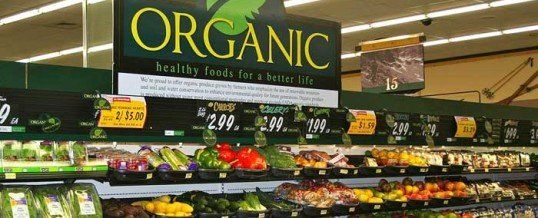
“We cannot get enough organics to stay in business day in and day out.” ~ Costco CEO Craig Jelinek
What does Organic really mean
In a nutshell, organic produce and other food ingredients are grown without using: pesticides, synthetic fertilizers, sewage sludge, genetically modified organisms (GMOs), or ionizing radiation. Animals producing meat, poultry, eggs, and dairy products are not been given antibiotics or growth hormones. Therefore, the main difference between organic and conventional food products are the chemicals involved during production and processing. It goes without saying that these chemicals not only are impacting our health, but also the environment.
Who oversees and regulates Organics
Organic food production is a self-regulated industry with government oversight. The US, Europe, Canada, Japan, and many other countries require producers to obtain special certification based on government-defined standards in order to market food as organic. As you might well imagine, these standards can vary from country to country which clearly is not a fool-proof way to manage the organic market. Certification is available to any businesses involved in food production, from the seed suppliers, farms, processing plants, to retailers and even restaurants.
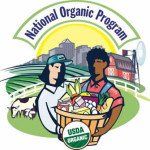
In the US, a division of the USDA, the National Organic Program , is in charge of the legal definition of organic and also performs organic certification.
Why is it so difficult to find all my favorite produce in the Organic section
Sadly less than 1% of farmland in the United Sates is dedicated to growing organic crops. As with anything related to supply and demand principals, growing more organics would make them more affordable and accessible for consumers, as well as play a huge role in protecting our health and environment. The current political climate in the US is built to support large agribusinesses via our tax dollars and laws protecting their way of doing business. Currently, organic farming receives little if any tax subsidies. Mad yet?
Buyer beware. Unless the USDA Organic label is present it is NOT organic, the word natural means diddly do as it relates to food growing and production.
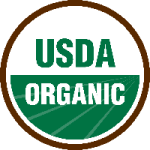
Although 90% of people assume that foods labeled “100% natural” must be better for them, their family unit and the environment. Natural is a misleading term used by companies to “greenwash” their products and undermine the consumers ability to make solid choices. The FDA has been re-thinking the definition of natural on food labels, all the while the Grocery Manufacturers Association (GMA) is lobbying hard to water down any meaningful definitions. For example, the GMA would like to include Genetically Modified Organisms (GMOs) in foods labeled as natural.
Genetically engineered crops (GMOs)
When it comes to produce in the US most of what is available is non-GMO. Zucchini, yellow squash, corn and Hawaiian grown papaya are typically modified…and there is more of that coming down the pike. Unfortunately, the USDA does not require labeling of GMO produce, therefore, in order to steer clear of GMO’s purchase organically-grown foods or items bearing the “Non-GMO Project Verified” label. Most processed food typically contains one or more ingredients derived from genetically engineered crops, staying away from food coming out of a box or can is the best game plan. 33 countries have banned GMO’s, despite the health concerns stemming from ingestion of GMO’s, the US has not jumped on the “banned-wagon”. More on this important topic in my next month’s blog…stay tuned.
So what’s a girl to do…
At this juncture you may be considering fleeing the country to become an Xpat in a far-off land where GMOs have been banned, a good long fast, purchasing a soapbox and renting out a street corner, starting your own farm, or staging a sit-in on the White House lawn. Following is the decoder ring to navigate the choppy waters and stay as safe as is humanly possible in this mad, mad world of chemicalization.
EWG’s 2016 Shopper’s Guide to Pesticides in Produce™
Who is the EWG
The Environmental Working Group is an American environmental organization that targets research and consumer advocacy in the areas of farming, toxic chemicals, cosmetics and corporate accountability based in Washington DC to facilitate lobby on behalf of consumers.
Pesticides in the US
In 2014, the USDA tested 6,953 produce samples, nearly three-fourths contained pesticide residues. These tests further identified a total of 146 different pesticides which remained viable on the produce even when washed and, in some cases, peeled. These findings scream that the conventional fruit and produce industries are ignoring the “growing” demand for pesticide-free edibles.
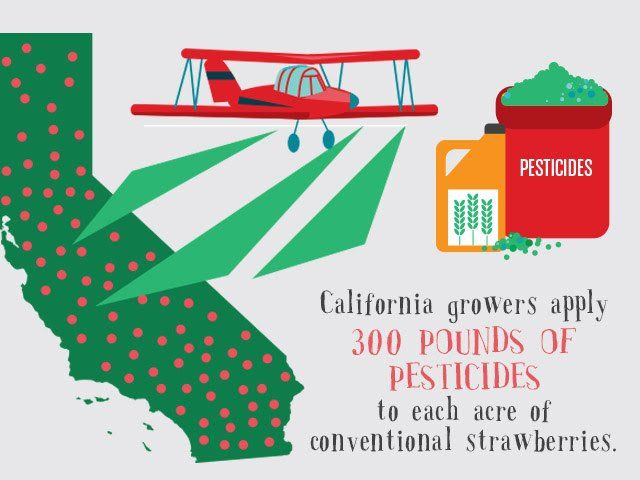
What is the Shopper’s Guide
The EWG Shopper’s Guide helps consumers identify conventionally grown produce with the highest and lowest pesticide residues.
The USDA doesn’t test every food every year, therefore, EWG generally uses the most recent sampling period for each food to produce the annual guide…it’s the best we got! Since not all families can afford an all-organic diet; much less find all the desired organic produce vs conventionally farmed, the breakdown of information presented by the EWG will be helpful in allocating spend at the grocery store.
Dirty Dozen™ for 2016 (click here for your copy)
As you likely surmise, the Dirty Dozen is the list of produce identified by EWG as having the highest pesticide loads. For the first time ever, strawberries are at the top of the list, displacing apples, which headed the list for the last five years running. In addition to these 2 fruits, the other top contenders for containing the most pesticides are nectarines, peaches, celery, grapes, cherries, spinach, tomatoes, sweet bell peppers, cherry tomatoes, and cucumbers.
More dirty facts:
- In excess of 98% of strawberries, peaches, nectarines, and apples tested positive for at least one pesticide residue.
- A single grape sample and a sweet bell pepper sample contained 15 pesticides.
- Single samples of strawberries showed 17 different pesticides.
Sad state of affairs for the little ole’ strawberries… Pesticides + Poison Gases = Cheap, Year-Round Strawberries.
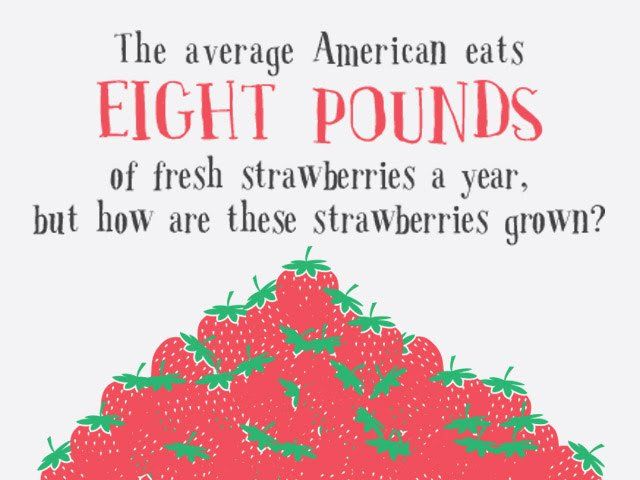
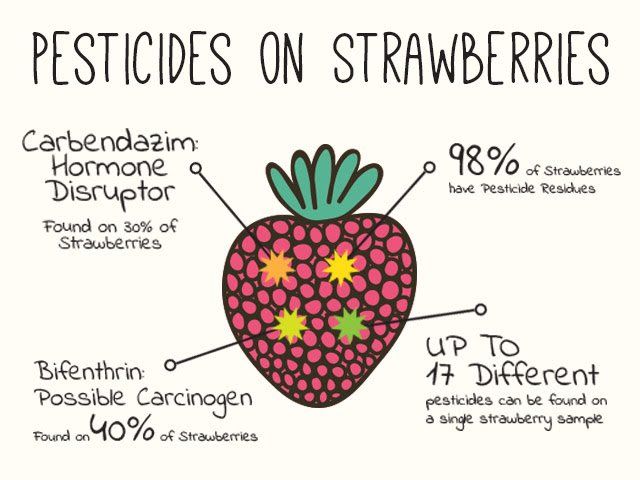
Dirty Dozen Plus…Skull and Cross Bone Worthy Produce
Leafy greens, kale and collard greens, and hot peppers exceed the Dirty Dozen™ ranking criteria due to contamination from insecticides toxic to the human nervous system. It is highly recommended that these veggies only be eaten as organic to avoid ingesting highly hazardous pesticides – organophosphate and carbamate insecticides. These are no longer detected widely on other produce, either because of legal restrictions or voluntary phase-outs. Several long-term studies have shown Organophosphate pesticides impair children’s intelligence and brain function, it is anyone’s guess why this is still being used on food.
Clean Fifteen™ (click here for your copy)
EWG’s Clean Fifteen™ list of produce least likely to hold pesticide residues consists of avocados, sweet corn, pineapples, cabbage, frozen sweet peas, onions, asparagus, mangoes, papayas, kiwis, eggplant, honeydew melon, grapefruit, cantaloupe, and cauliflower.
Keepin’ it Clean:
- 1% of avocado samples showed any detectable pesticides.
- 89% of pineapples, 81% of papayas, 78% of mangoes, 73% of kiwi and 62% of cantaloupes had no residues.
- No single fruit sample from the Clean Fifteen™ tested positive for more than 4 types of pesticides.
- Multiple pesticide residues are extremely rare on Clean Fifteen™ vegetables. Only 5.5 percent of Clean Fifteen samples had two or more pesticides.
Rise up, peeps!
Congress will soon begin considering the next farm bill which will greatly influence how American food gets to market. Currently, OUR tax dollars are supporting the status quo agribusiness and pesticide-laden produce. The government does too little to help farmers grow organic fruits and vegetables. It’s time to change that!
Besides buying organics which puts pressure on the system to change, this is another viable way to ensure our safety:




